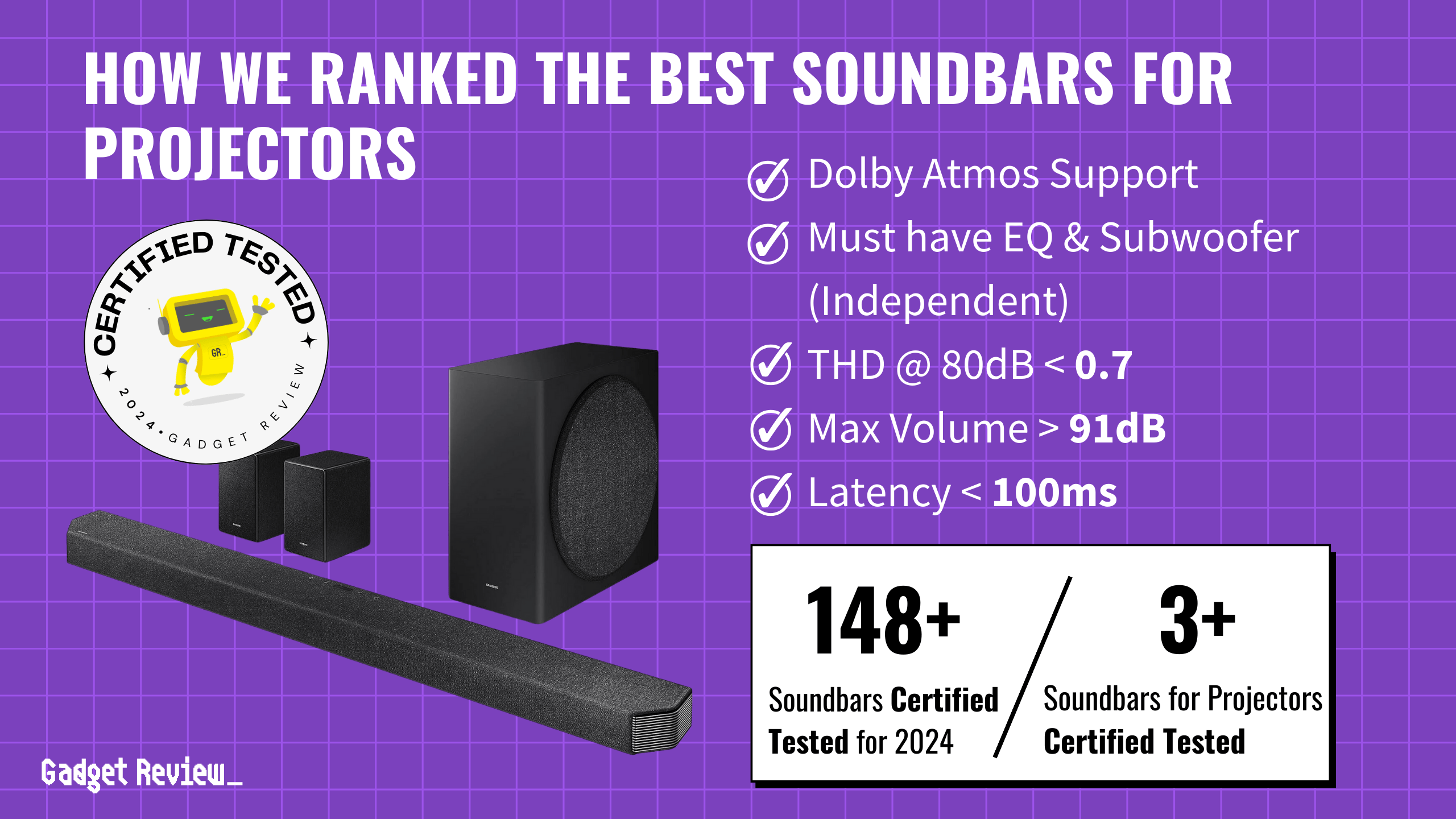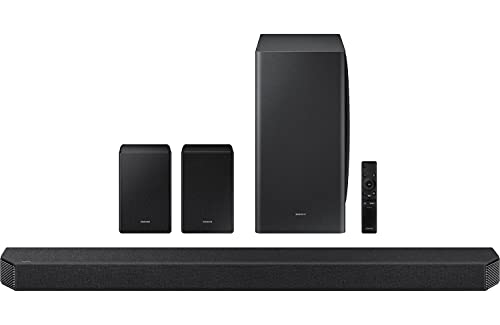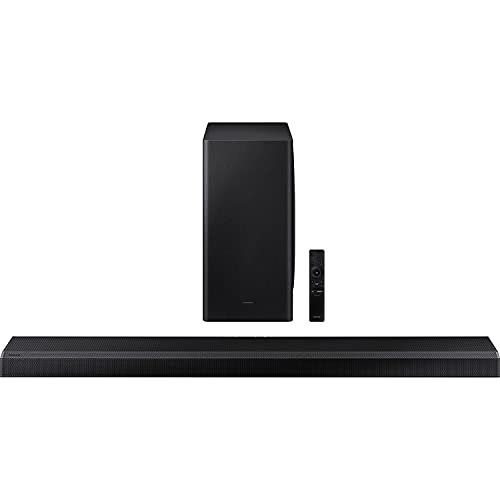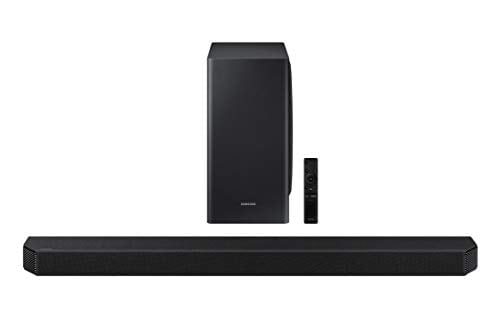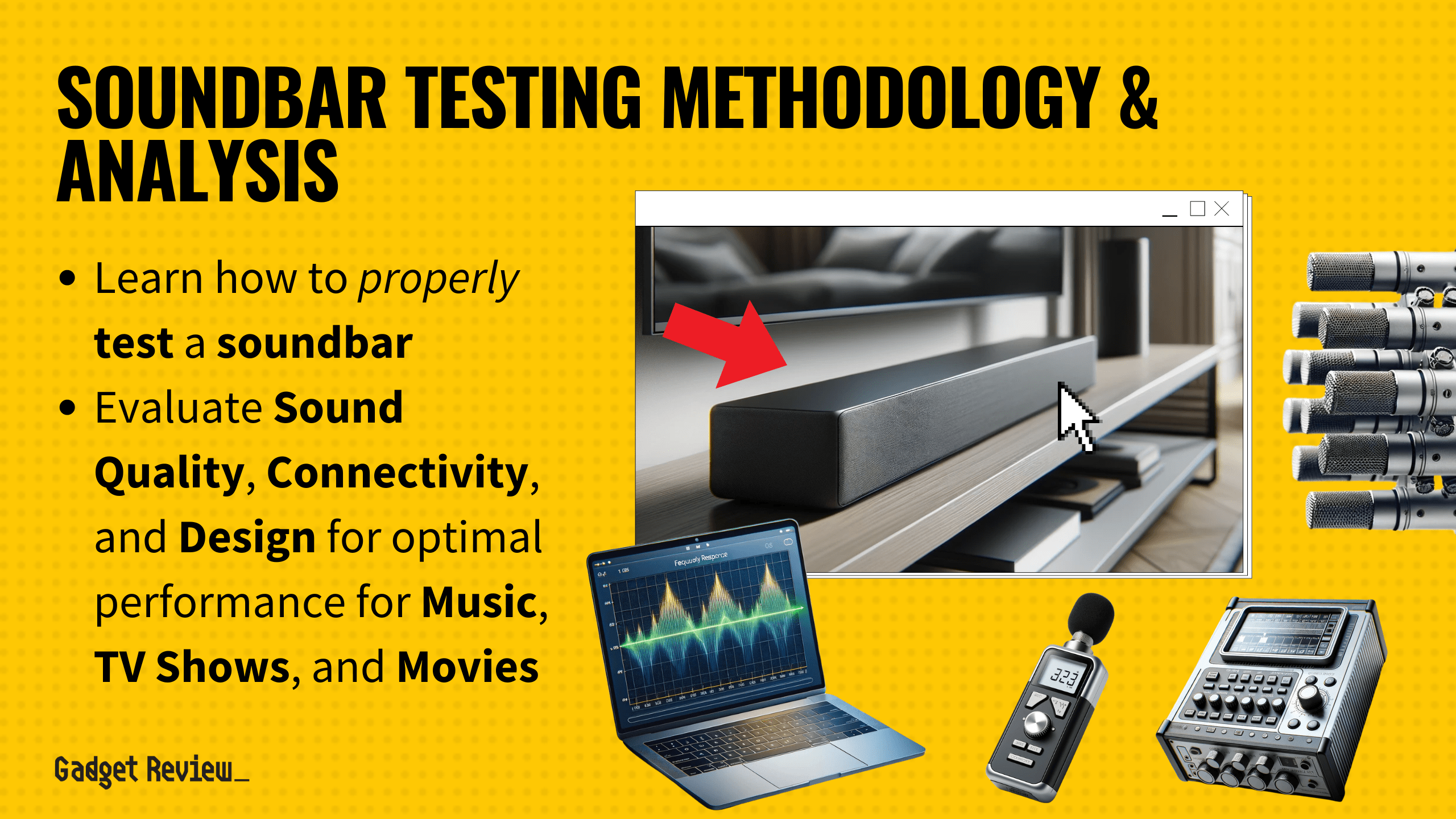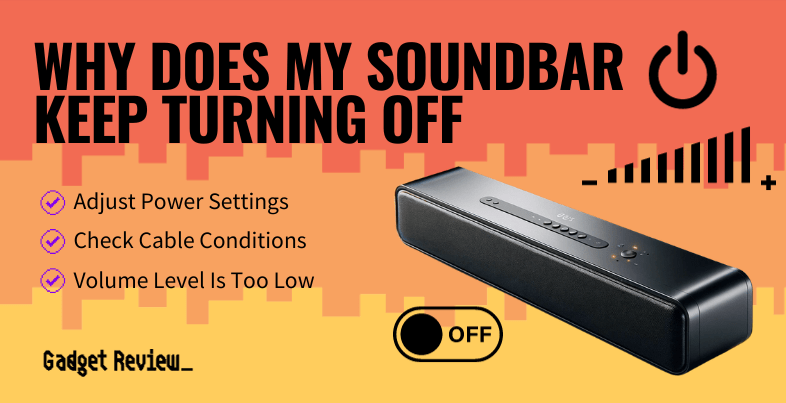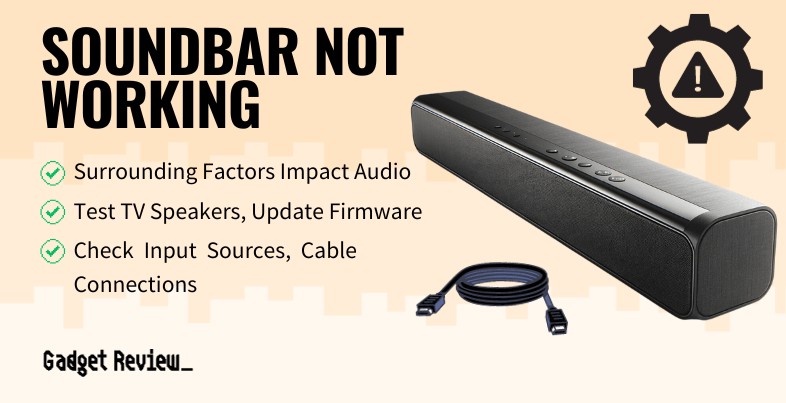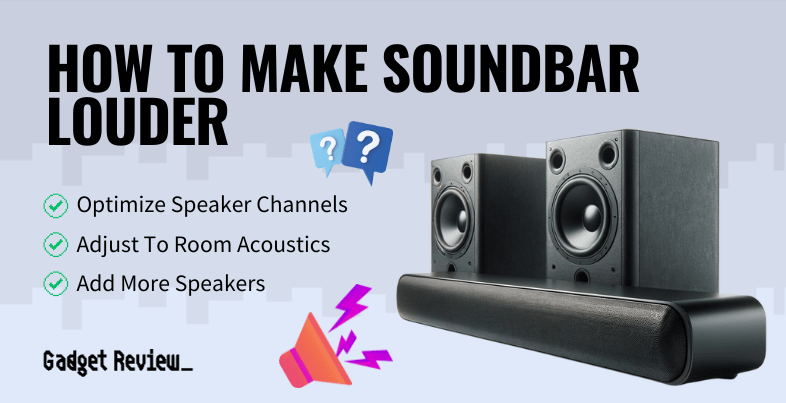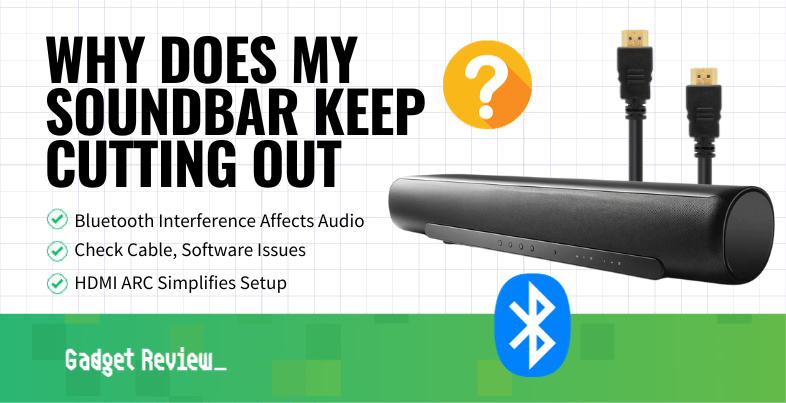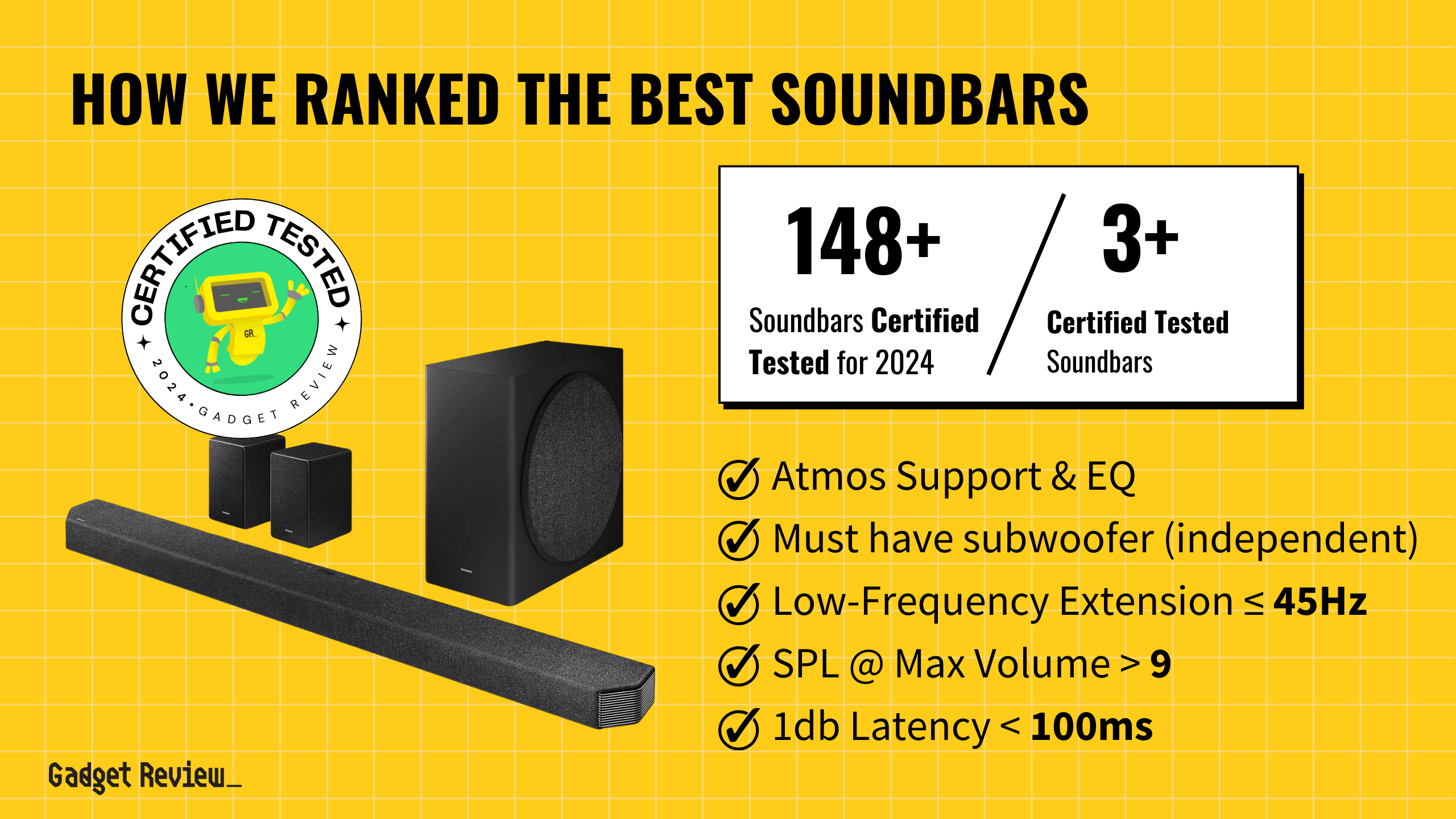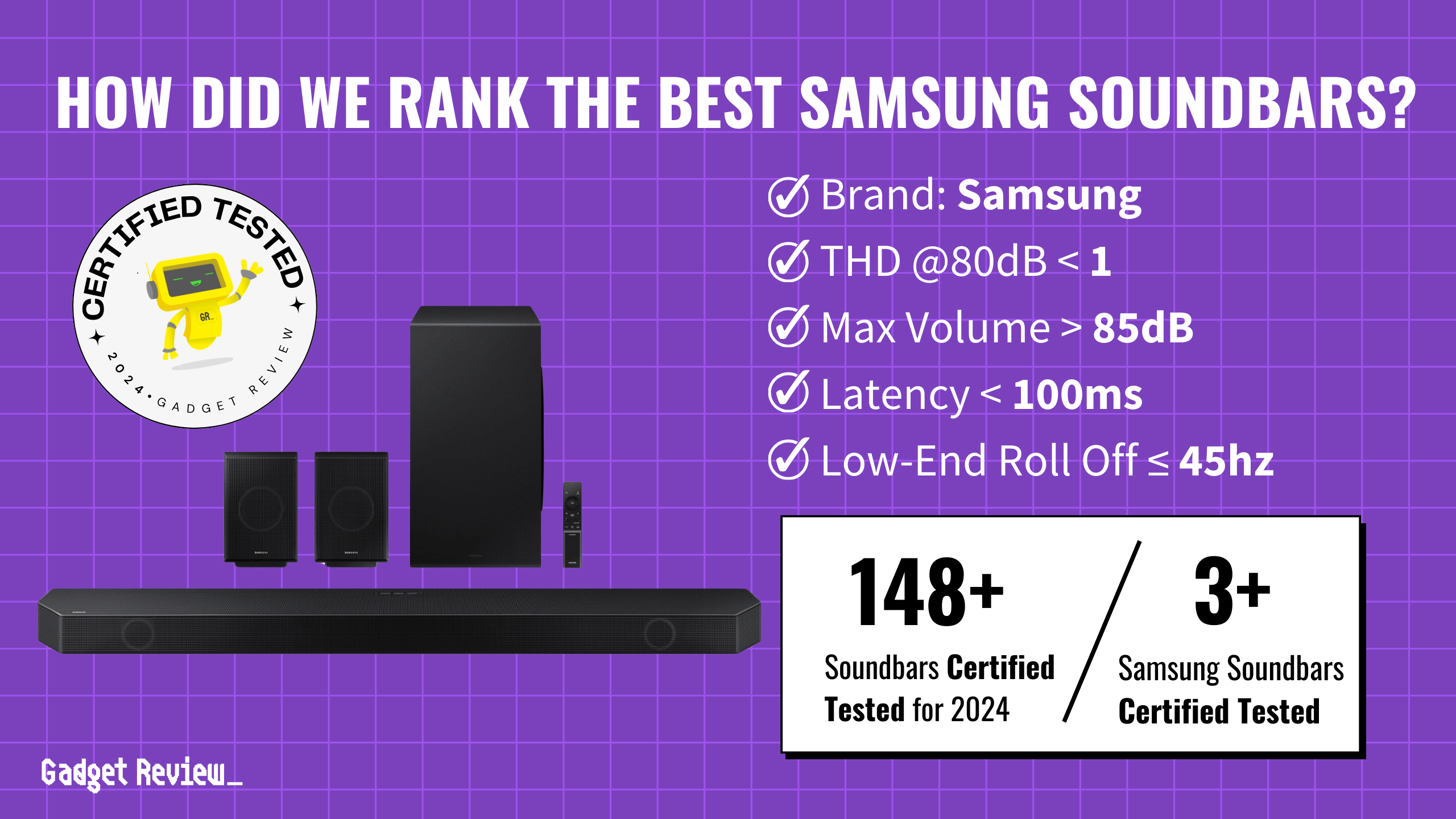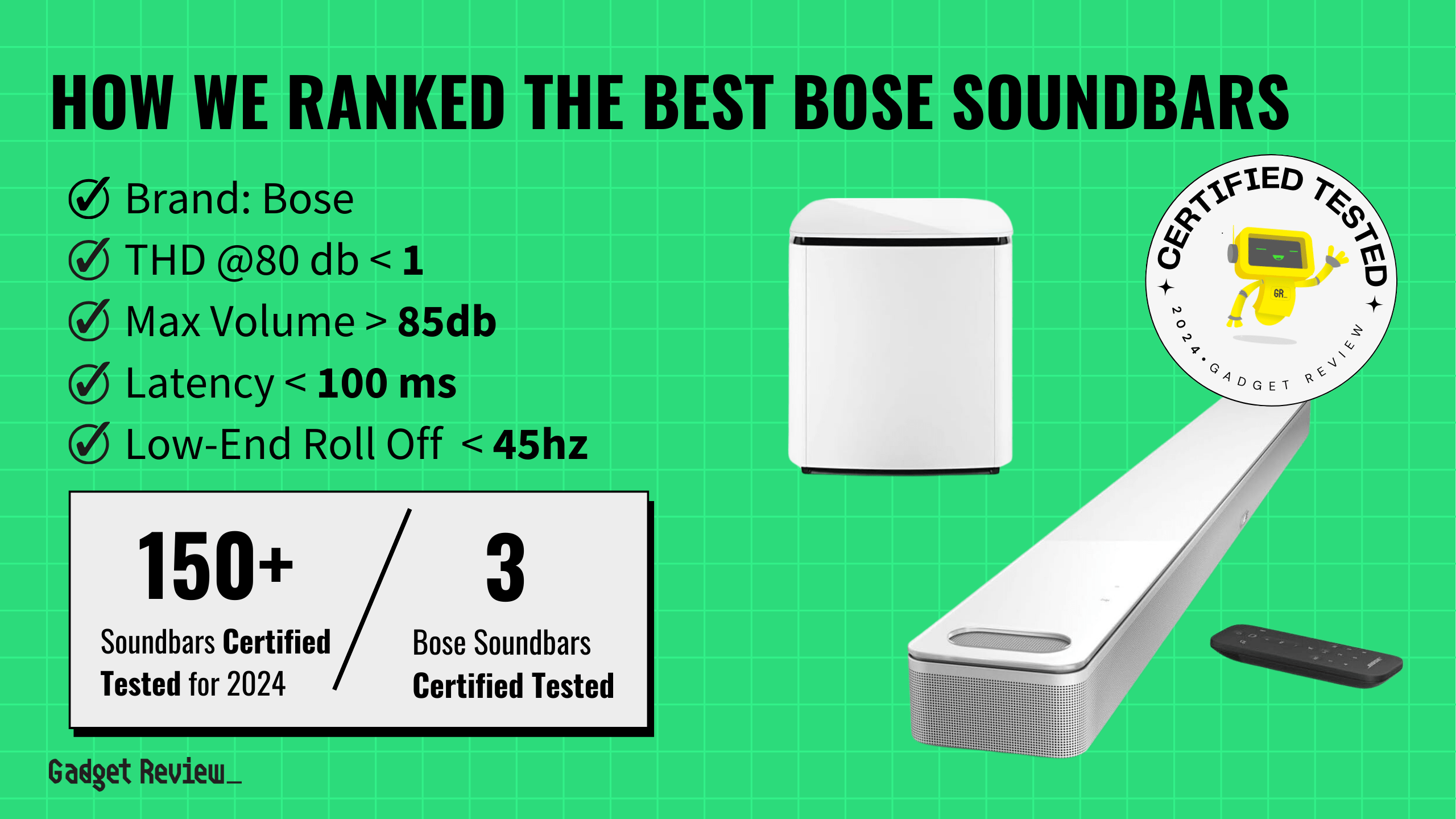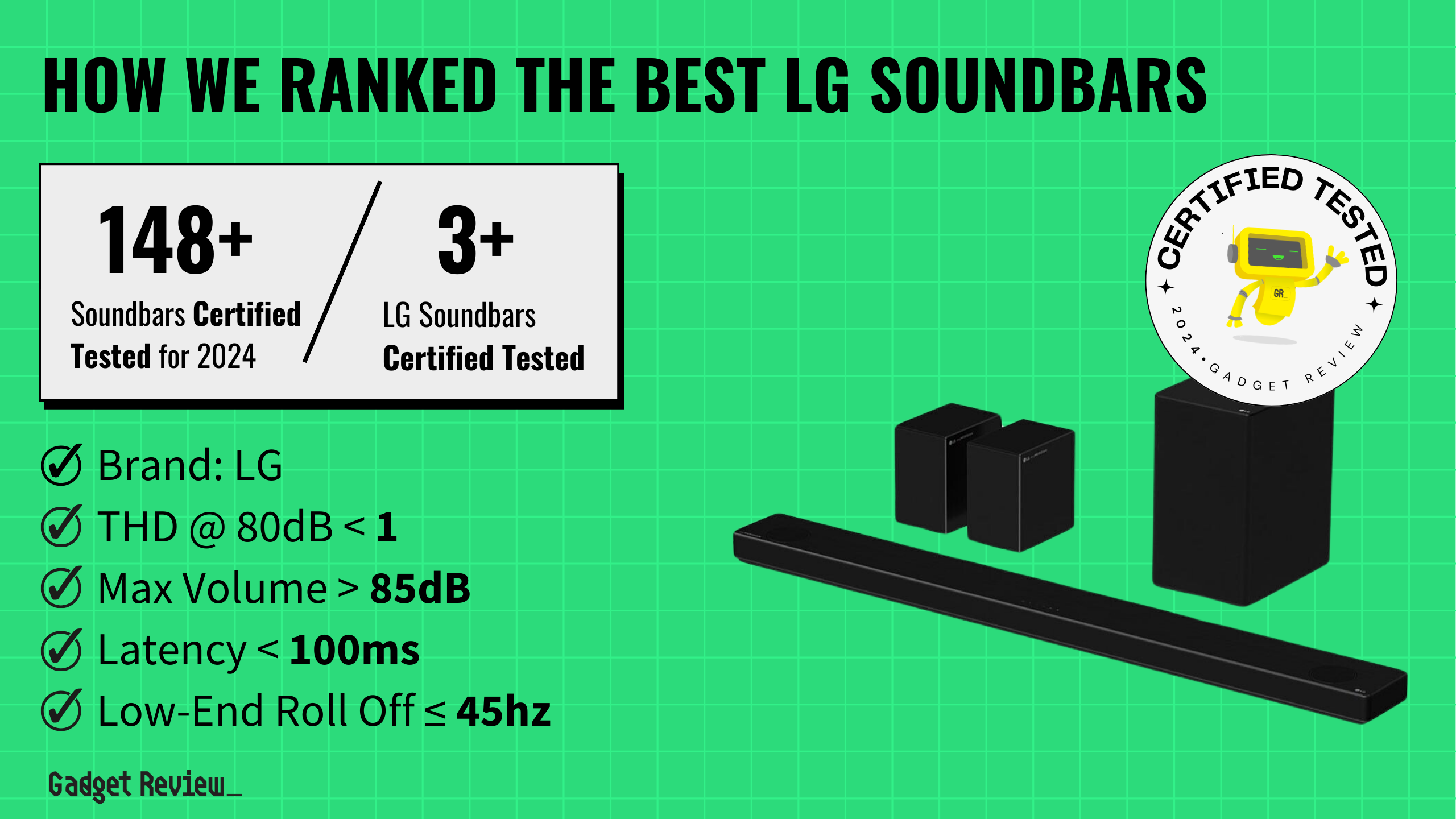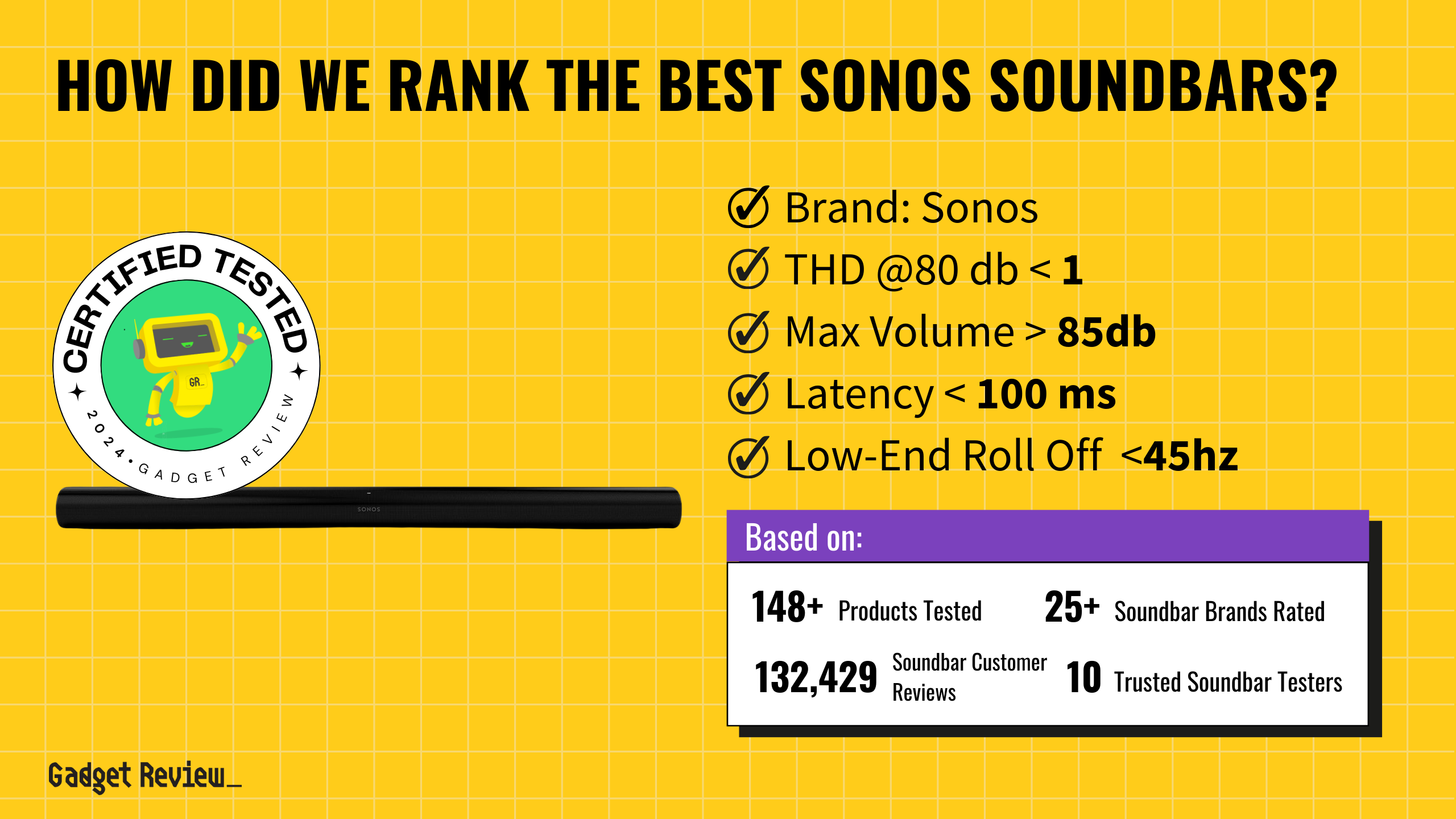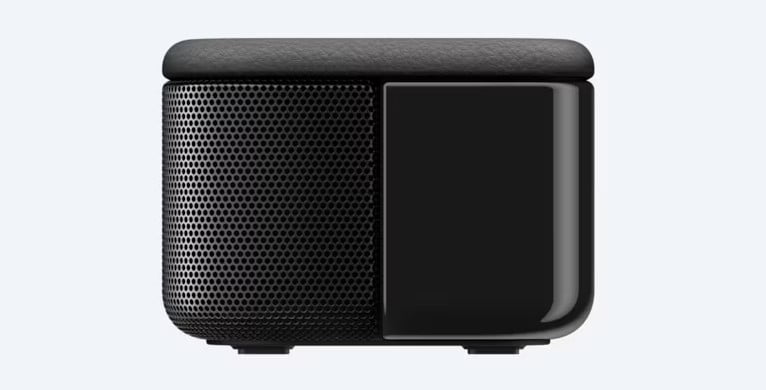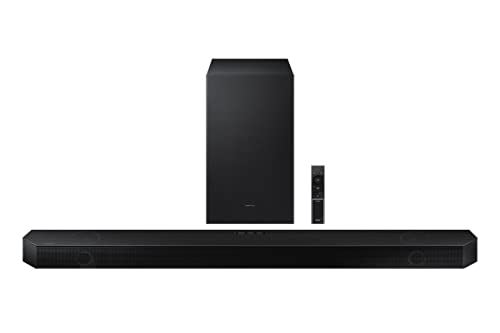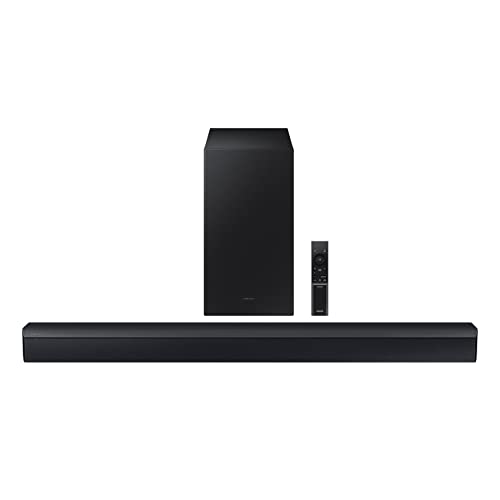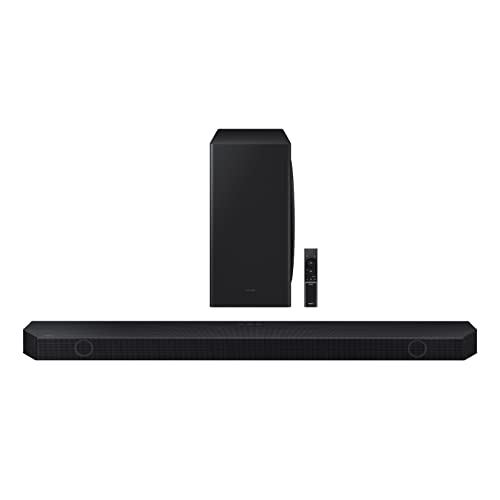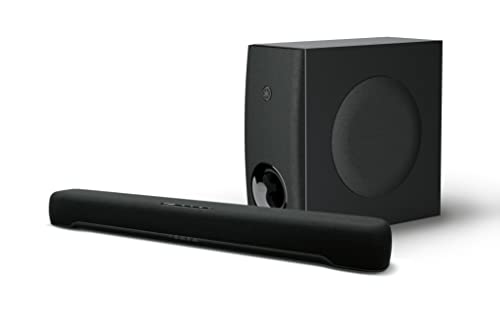When selecting the best soundbar for projectors, you’ll want to prioritize features like Dolby Atmos, a dedicated subwoofer, and an advanced equalizer. These elements enhance the cinematic experience by delivering deep bass, high maximum volume, and immersive sound. Additionally, HDMI ARC or eARC support ensures high-quality audio transfer, crucial for a seamless integration with your projector setup.
Our extensive review process analyzed 149 soundbars and scrutinized 394,661 reviews. Despite the high volume of data, 92% of experts failed our trust standards, underlining the importance of our rigorous verification. We certified three soundbars as the best for projectors, thanks to their superior performance in our proprietary True Score system and Trust Rating filter, ensuring only the highest quality and most reliable products make it to our buying guide.
How Did We Rank the Best Soundbars for Projectors?
When it comes to finding the best soundbars for projectors, we took a meticulous approach. We delved into the testing methodologies used across over 200 review sites, scrutinizing the specific criteria that define excellence in this category. By analyzing customer feedback and expert opinions, we distilled the essential factors: 2 required test results, 2 nice-to-have test results, and 3 must-have specifications. Our guide cuts through the noise to highlight which soundbars truly enhance your projector experience, ensuring superior sound quality and seamless integration.
Our commitment to unbiased reviews is powered by our ‘True Score’ system, targeting low quality and fake reviews. When you shop through our links, you’re backing our mission. Dive deeper to see how.
?️ Minimum Specifications
- Must have an advanced equalizer
- Must have Dolby Atmos
- Must have subwoofer (independent)
? Test Criteria
- Total Harmonic Distortion: A total harmonic distortion (THD) below 0.7% at 80 decibels to guarantee high-fidelity audio reproduction without unwanted frequencies.
- Volume Output: The soundbar should be able to deliver a powerful and immersive sound performance, exceeding 91 decibels in volume output.
? “Nice To Haves”
- Latency: With a latency under 100 milliseconds, it ensures minimal delay in data transmission or audio processing.
- Low-End Roll Off: A low-end roll-off of <45 Hz to ensure there is plenty of thump and rumble in the bass to enhance your music or movie-watching experience.
Latest Updates
- 04/03/2024: Published the list of the best soundbars for projectors based on our True Score system.
Top Soundbars for Projectors For 2025
Prices accurate at the time of publishing
In order to be featured on our list, a soundbar for projector must adhere to our rigorous standards for audio performance and quality. Failure to meet these criteria will result in exclusion from the list.
Which Criteria Matters for Testing Best Soundbars for Projector?
By focusing on these criteria (2 required, 2 nice to have), anyone can quickly and easily compare these soundbars and how they’ll perform. This helps you make an informed decision and purchase a soundbar that will sound great.
| CRITERIA | RANGE | REQUIRED | DEFINITION |
|---|---|---|---|
| Total Harmonic Distortion | < 0.7 | Yes | The amount of distortion introduced by the soundbar when it processes an audio signal at a given volume (typically 80, 85 or maximum dB output.) |
| Max Volume | > 91 dB | Yes | The maximum volume that a soundbar reaches when it’s output it turned up to 100%. |
| Latency | < 100 ms | No (nice to have) | The time it takes for a soundbar to process audio signal from a source and output it through the speakers. |
| Low End Roll Off | < 45 Hz | No (nice to have) | The point at which bass begins to sharply fall below the target response point on a frequency response graph, making harder to hear. |
Our Trusted Data Sources
(Publication category Score is 80%+)
We looked at 120+ soundbar reviewers and while 10 are trustworthy (60%+ Trust Rating), we only use data from the testers that are “very trusted” which means a Trust Rating above 70%. The three we have listed below are our most trusted for soundbars.
Interested in a comprehensive analysis of our data sources? We’ve got you covered. Below, you’ll find a detailed list of every soundbar review website we’ve identified, organized by their respective Trust Ratings from highest to lowest. But we didn’t stop there. We’ve meticulously reviewed each publication and verified the data by checking whether the authors have bio links to MuckRack or LinkedIn. We’re committed to not only checking the facts but ensuring their veracity.
Soundbars Test Data & Results
1. total harmonic distortion test result
Total Harmonic Distortion (THD) measures the fidelity of soundbars by indicating the percentage of unwanted harmonics added to the original audio. A THD under 0.7 ensures minimal distortion, critical for preserving audio quality across music, movies and games. This low distortion level enhances clarity, maintains detail, and ensures a high-fidelity listening experience, crucial for understanding dialogues, appreciating music nuances, and immersing in game sounds.
We believe soundbars should have less than 0.7% THD because this helps confirm their ability to accurately reproduce a wide range of audio without perceptible distortion. We say “perceptible” because it’s impossible to remove all distortion, but you can reduce it to the point it’s impossible to notice. Low THD also helps improve your comfort by preventing fatigue during extended use, making it an essential for anyone that marathons movies, games or music.
harmonic distortion
< 0.7
Acceptable range of performance
Definition: The amount of distortion that exists in an audio signal when it is played back at a target volume.
Units of Measurement: None or %
Tools to Measure: Audio Analyzer
Why It’s Important:
High levels of distortion ruin audio quality. Keeping distortion low helps keep music accurate and high-fidelity.
Total Harmonic Distortion (lower is better)
2. max volume test result
Maximum volume is the easiest aspect of a soundbar to understand: it’s just how loud the soundbar itself will actually get. What’s less clear is why a soundbar getting loud is so important. While higher max volumes give you the ability the fill rooms with sound or use a soundbar as makeshift party speakers, they’re also responsible for helping ensure that audio stays clear when listening at normal listening levels.
This is commonly referred to as “headroom”, and having enough headroom on a soundbar means that the soundbar is able to play back sounds at a high enough level (and with good enough clarity) that the volume level you’ll normally listen to music, movies or games with will sound perfectly clear and distortion free. We recommend your soundbar have no less than 91 dB of maximum volume and the higher you go, the better your soundbar is at filling larger and larger rooms.
max volume
>91 dB
Acceptable range of performance
Definition: The maximum volume that a soundbar is able to hit when the output is turned all the way up.
Units of Measurement: dB (Decibels)
Tools to Measure: Sound level or decibel meter
Why It’s Important:
Max volume is how you ensure you’ve got enough volume to fill large rooms and helps ensure clarity at normal listening levels.
Max Volume (in dB; higher is better)
3. latency test result
latency
< 100 ms
Acceptable range of performance
Definition: Time it takes for the soundbar to process and produce the sound it receives from the source
Units of Measurement: milliseconds (ms)
Tools to Measure: Software
Why It’s Important:
Long delays create mismatches between audio and video, which breaks immersion and frustrates gamers.
Large amounts of latency create problems when trying to sync up audio and video. While you’ve got a bit of wiggle room with how much of a delay can exist between the audio that comes out of your soundbar and the images on your TV, it’s not a ton. If there’s too much latency the mismatch starts to become obvious, and people start looking like they stopped talking while dialogue is still playing. This is especially concerning for gamers, who rely on audio and video to sync up well enough that the footprints you hear around the corner are accurately getting closer.
It’s for these reasons we recommend a latency less than 100 ms. For most content, this is a low enough delay that any mismatch is going to be largely unnoticed. If you’re a highly competitive gamer and don’t want to do calibration out of the box to line up the A/V, the lowest latency you can find is going to work best. For music and moves, though, 100 ms or less will work great.
Latency (in milliseconds; lower is better)
4. Low end roll off test result
When it comes to getting the most bass you can out of your soundbar, low-end roll off is a great indicator of just how deep the bass on it can get. If a soundbar doesn’t have a roll off that starts deep enough into the bass part of the audio spectrum, then it’ll result in quiet or even absent bass, which removes most of the punch and impact of not only music, but also movies and video games. the longer it takes bass to roll off, the better.
When it comes to most soundbars for most use cases, we recommend a roll off that doesn’t start until at least 45 Hz, but it only gets better the further you go down. It’s worth noting that the roll off will only get so low, so don’t expect to find soundbars hitting the teens for roll off, but it isn’t uncommon for very bass-forward options to hit 30 Hz before roll off starts. By aiming for at least 45 Hz, you have a much better chance of getting the deep, rumbling bass you’re looking for out of your music, movies or games.
Low end roll off
< 45 Hz
Acceptable range of performance
Definition: The point at which bass begins to sharply decline and becomes rapidly inaudible.
Units of Measurement: Hz (Hertz)
Tools to Measure: Oscilloscope
Why It’s Important:
If bass takes longer to start rolling off, it’ll generally be more present in the audible parts of the audio spectrum put out by a soundbar, giving sound “punch” and “depth.”
Low end roll off (in Hz; lower is better)
Best Soundbars for Projector: Mistakes To Avoid
- Neglecting Connectivity Options: One common mistake is overlooking the compatibility and connectivity options between your projector and the soundbar. Ensure that the soundbar you choose has the necessary inputs to connect to your projector. Common connection options include HDMI ARC or optical, as well as Bluetooth. Additionally, consider whether you need features like wireless connectivity or compatibility with streaming devices to enhance your viewing experience. Learning how to connect a soundbar properly can significantly impact your audio-visual experience, ensuring seamless integration with your projector.
- Ignoring Room Acoustics: Another mistake is failing to consider the acoustics of the room where you’ll be using the soundbar and projector setup. The size and layout of the room can significantly impact sound quality. For instance, larger rooms may require a soundbar with more powerful drivers and a larger subwoofer to fill the space with immersive sound. Conversely, smaller rooms may benefit from a more compact soundbar to avoid overpowering the space. Take measurements of your room and consider factors like furniture placement and wall materials to choose a soundbar that delivers balanced audio throughout the room. Furthermore, proper soundbar placement is crucial for optimal sound distribution and clarity. Whether it’s below the projector screen or mounted on the wall, positioning can greatly enhance your listening experience.
- Underestimating Audio Performance: Don’t compromise on audio performance for aesthetics or price, especially if you are looking for the best soundbar for music. While sleek design and affordability are important factors, the primary function of a soundbar is to enhance your viewing experience with high-quality sound. Pay attention to factors like frequency response, driver size, and audio processing technologies to ensure that the soundbar delivers clear dialogue, immersive sound effects, and deep bass. Reading reviews and listening to demos can help you gauge the audio performance of different models before making a decision.
- Forgetting Future Compatibility: Lastly, don’t overlook the importance of future compatibility when choosing a soundbar for your projector setup. Technology evolves rapidly, and your audio setup should be able to adapt to future advancements. Look for soundbars with features like firmware updates, expandable connectivity options, and compatibility with emerging audio formats like Dolby Atmos. Investing in a soundbar that can grow with your needs will save you from having to upgrade prematurely. If you want a truly immersive audio experience, consider integrating the best in ceiling speakers with your soundbar and projector setup.
The Best Soundbar for Projector Tests Compared
Product |
True Score
|
Low End Roll Off
|
High End Roll Off
|
Max Volume Test
|
Latency
|
THD @ 80dB
| |
|---|---|---|---|---|---|---|---|
| 89 |
|
|
|
|
| $1,849.14 |
| 88 |
|
|
|
|
| $251.99 $1,000 $748 |
| 78 |
|
|
|
|
| $937.99 |

